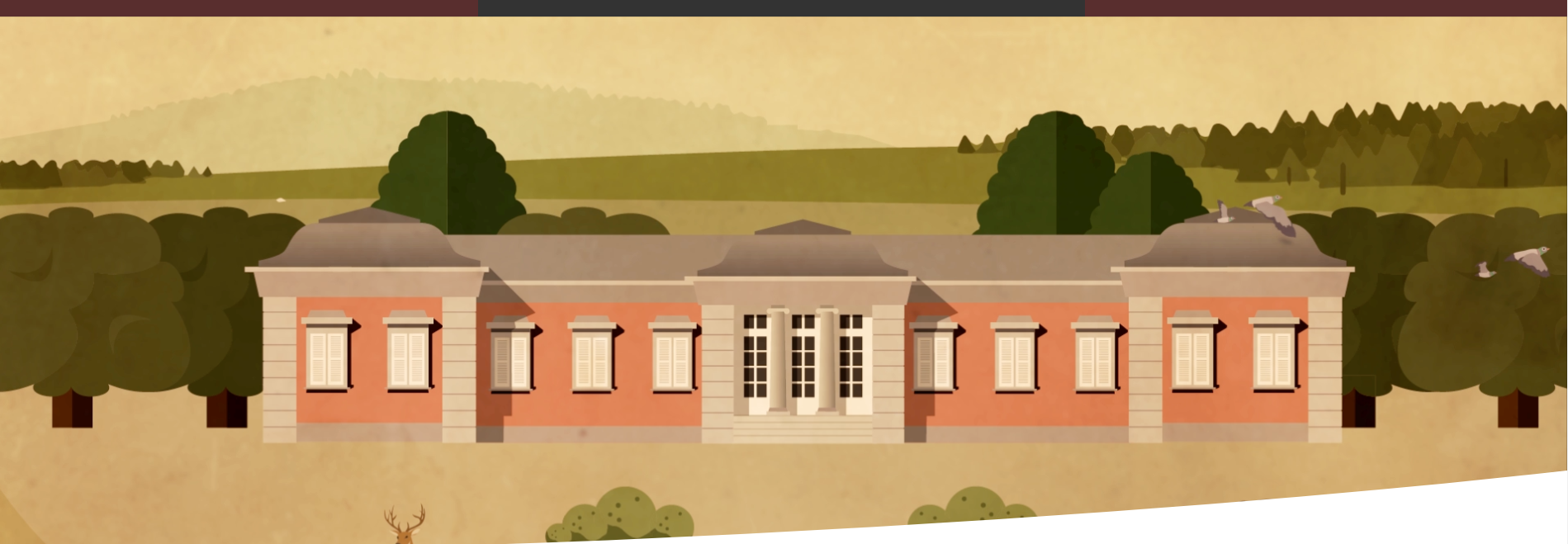DIGITAL HUMANITIES
Digital humanities is an interdisciplinary field that uses digital tools and methods to investigate, analyze, and understand disciplines such as history, literature, philosophy, linguistics, and art, enabling new forms of research, communication, and engagement in the field of digital sciences. humanities
THEMATIC BIBLIOGRAPHY OF HISPANIC LINGUISTIC HISTORIOGRAPHY – APPENDIX 1 (2008-2020)
The Thematic Bibliography of Spanish Linguistic Historiography – Appendix 1 (2008-2020) [BiTe-Ap1] is a digital historiographic project that offers a list of secondary sources in the area of History of Hispanic Linguistics, understanding by this those publications in which The Spanish language is an object language or metalanguage, published between 2008 and 2020. It is a continuation of the Thematic Bibliography of Spanish Linguistic Historiography. Secondary sources- published on paper in 2008 and which included the secondary sources of Hispanic linguistic historiography published up to that date. It is part of the work carried out and published by the LIyNMEDIA Research Group of the Rey Juan Carlos University.
![]()
VISUAL HISTORY OF SPANISH MISSIONARY LINGUISTICS
The Visual History of Spanish missionary linguistics is a digital resource at the service of researchers (and the general public) that intuitively presents the work that missionary linguists developed since the 200th century describing and codifying the languages of the native peoples of America. Asia and Africa. It has its origin in the Chronological Bibliography of Spanish Linguistics, Grammar and Lexicography (BICRES) and, essentially, in the Bibliography of Spanish Missionary Linguistics (BILME) by Hans-Josef Niederehe and Miguel Ángel Esparza Torres. Thanks to these works, this website includes nearly 2000 languages and almost XNUMX bibliographic records. It is part of the work carried out and published by the LIyNMEDIA Research Group of the Rey Juan Carlos University.
![]()
VIRTUAL MUSEUM FOR THE CLASSROOM OF THE XXI CENTURY
Aula Museo del Siglo XXI is a virtual space, a place for reflection and transversal learning to discover and explore art in which we talk about the nature of the artistic work from multiple points of observation and analysis: historical, methodological, phenomenological, investigative, documentary and experiential. To do this, we make digital materials available to the public for artistic study and research. Free culture so that the knowledge of digital Humanities reaches everyone, everywhere.
The project contributes to the development of digital supports to improve the quality of teaching, in particular, the quality of remote teaching. We address two fundamental aspects: on the one hand, the transfer of knowledge within the university ecosystem, through necessary, complementary activities that facilitate the flow between the knowledge generated and society. On the other, the possibilities and opportunities of the visual, digital-immersive environment, as well as the contribution of bibliographic resources: written texts, graphic writing, repository of videos and images that make up the concept of Aula Museo from an interrelational, participatory and investigative perspective, in which students and teachers can participate in a dynamic and enriching way.
![]()
URJC VIRTUAL MUSEUM
he VirtualURJC Museum is a platform for art and culture, an interactive virtual and digital environment, open to new ways of influencing research, communication and knowledge transfer for the Rey Juan Carlos University.
The Museum: It will provide all interested users with the possibility of experimenting in a digital space with actions that they can demonstrate in real life.
The works: A large percentage of the artists represented are currently active artists, which will allow the space dedicated to the MuseoVirtualURJC Conference Room to be a perfect place to exchange real experiences with these artists.
The Campuses: The works of art and all the patrimonial assets of the URJC collection are mostly exposed, spread over the five campuses that the university owns.
![]()
ROYAL SITES OF VALSAIN AND LA ISABELA
From the methodology of the studies of the Court, it has been manifested how the Royal Sites of the Hispanic monarchs acquire a much more relevant meaning to the purely artistic fact and are located in the context of the formation of the Monarchy, since their study shows us the evolution of its political organization, while structuring and organizing a large “court” space that polarized neighboring territories and populations and transformed and restructured landscapes. CINTER (Court, Image, Nobility and Territory) seeks to explain these processes from an interdisciplinary perspective, paying special attention to the research carried out by the group and the new opportunities that digital technologies offer to dissemination and reconstruction.
